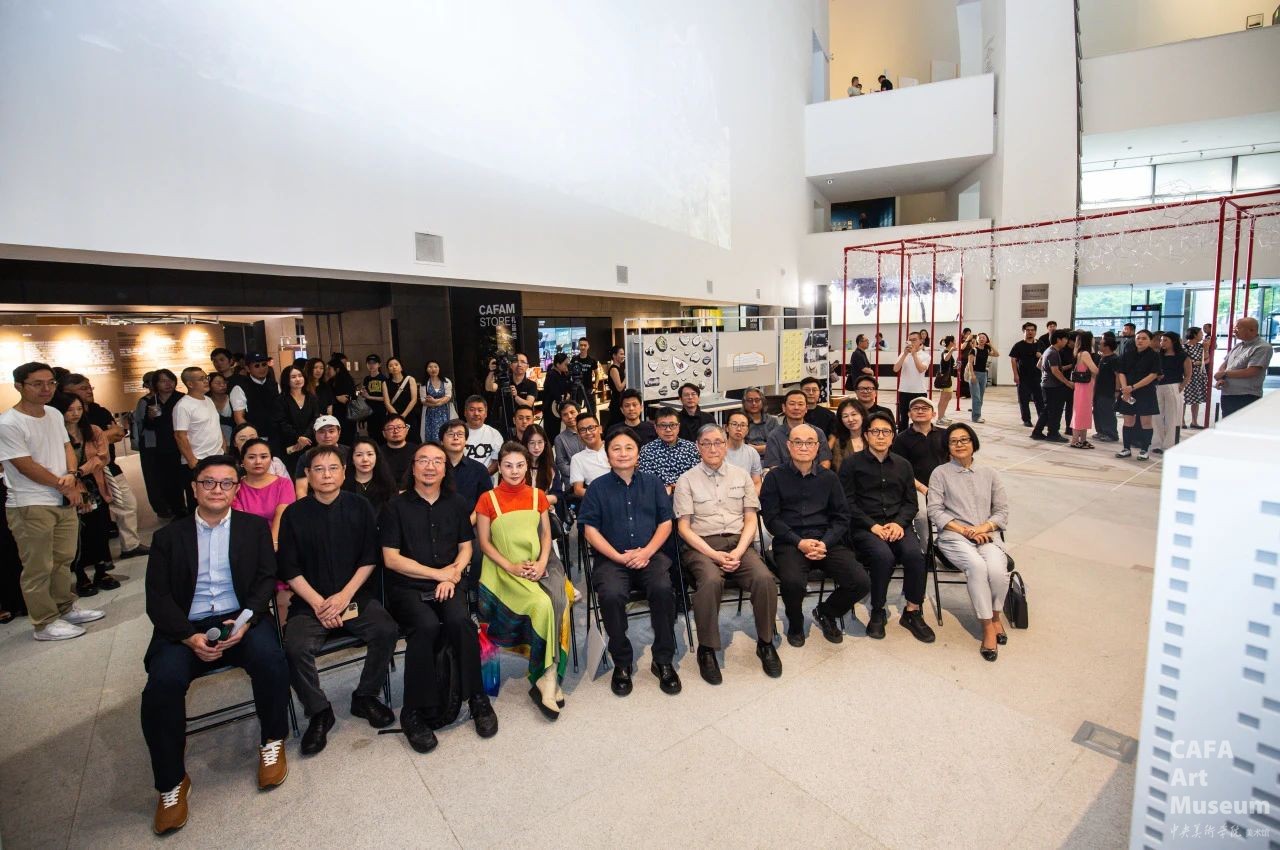
On the afternoon of July 15, 2025, the exhibition "Arata Isozaki: China in the Eyes of a Global Citizen" opened in the hall on the first floor of the CAFA Art Museum. Following its showing in Chengdu, the exhibition has returned to the CAFA Art Museum, a building designed by Arata Isozaki. The exhibition features ten selected architectural and urban design projects from among the many works created by the renowned architect Arata Isozaki in China over the past nearly 30 years. Each work is imbued with a profound sense of history, rich contemporary significance, active Sino-foreign dialogue, and a powerful spatial language.

Homecoming: "Arata Isozaki: China in the Eyes of a Global Citizen" (Group Photo at the Exhibition Opening)
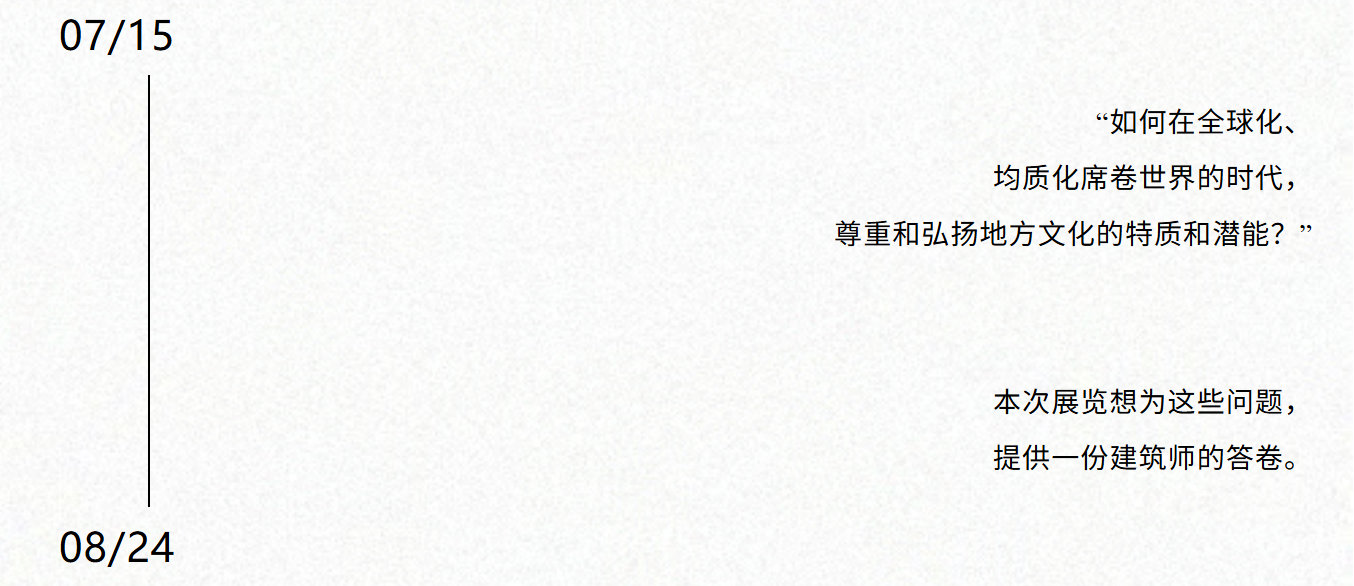
This exhibition selects ten architectural and urban design projects from the numerous works created by renowned architect Arata Isozaki in China over the past nearly 30 years. Each work is full of profound historical awareness, rich contemporary significance, active Sino-foreign dialogue and powerful spatial language.
The exhibition title contains two key words:
One is "China" – the exhibition reviews Arata Isozaki's practical experiences in China and how they have connected with China's historical and contemporary social and cultural contexts.
Arata Isozaki had a lifelong love for traditional Chinese culture and continuously paid attention to the changes in China's modern and contemporary society. He started his practice in China in 1994, when China was embarking on a rapid urbanization process. Over the subsequent nearly 30 years, for each project, whether located in the heart of an ancient city or in an empty new urban area, Isozaki strived to use innovative spatial language to respond to China's traditions and current drastic changes, while exploring future possibilities.
The second is "world citizen" – the exhibition explores how Arata Isozaki examined Chinese issues from a global perspective.
Arata Isozaki is a "world citizen architect" who transcends national and ethnic boundaries. In his practices in China, he always incorporates Chinese issues into the global context for discussion and integrates various world cultural resources into Chinese projects.
Another implication of "world citizen" is that in many of his Chinese projects, Arata Isozaki consistently incorporated several spatial themes that he had been pondering throughout his life and that hold universal significance. This exhibition specifically highlights two of them:
Theme 1: "Technology and Ruins"
On the one hand, Arata Isozaki continuously and passionately explored how various new technologies—such as long-span spatial grids, megastructural urban infrastructure, cybernetics, robots, and the Internet—could bring about the liberation of human space. On the other hand, however, he often expressed a pessimistic judgment about technology and the future of cities. From a developmentalist perspective, ancient ruins can always "hatch" new cities; conversely, no matter how advanced and magnificent a new city may be, it will inevitably collapse and become ruins in the future.
Theme 2: "Decentralized Archipelago"
In the classical definition, the role of architecture has always been associated with maintaining power, hierarchy, centers, and order. However, Arata Isozaki, who began his practice in the 1960s when the "postmodern" trend emerged, frequently attempted to resist the sole and absolute "center" through various spatial means. Sometimes, he directly subverted the "center" by using ironic techniques such as inverting and reversing classics and fragmenting them into ruins; at other times, he tried to indirectly dismantle the center by creating a decentralized and networked "archipelago."
For the display of individual design works, in addition to using relatively conventional media such as models, architectural drawings, conceptual sketches, and photographs, we have also specially created a set of "spatial sections" and a set of "thinking island diagrams" for each project.
"Spatial Sections" highlight the foreground, aiming to summarize the architectural value of each project. In my view, Isozaki's spatial concepts are concentrated in his distinctively personalized yet deeply classical "syllogistic" spatial configuration—pedestal, wall body, and roof. Therefore, vertically cutting through his buildings and presenting them in the form of "sections" seems to be a most appropriate approach.
"Thinking Island Diagrams" lay out the background, attempting to sort out the historical context and ideological origins of each project. Combining the display of archaeological fragments with the drawing style of ancient nautical charts, we seek to demonstrate how, in each project, Isozaki navigated through such "fragments" or "archipelagos" as the contemporary context, technological innovation, traditional inheritance, and the evolution of architecture itself; how he wove ideas and refined languages; and how he ultimately added his own fragments and islands to the vast sea of human civilization.
After nearly three decades of unremitting efforts, Arata Isozaki's works in China have formed a splendid archipelago. We are fortunate to invite you to visit each island one by one through this exhibition, appreciate the wonders of each island, and navigate between them to experience the distant echoes among the archipelago.
The distant echoes among the archipelago collectively reveal China in the eyes of a world citizen: a pluralistic, open country that cherishes traditions, looks to the future, and actively interacts with the world. — Curator: Zhu Tao


Sketch of the facade and conceptual plan of Shenzhen Cultural Center, 1997, provided by Arata Isozaki + Hu Qian Studio
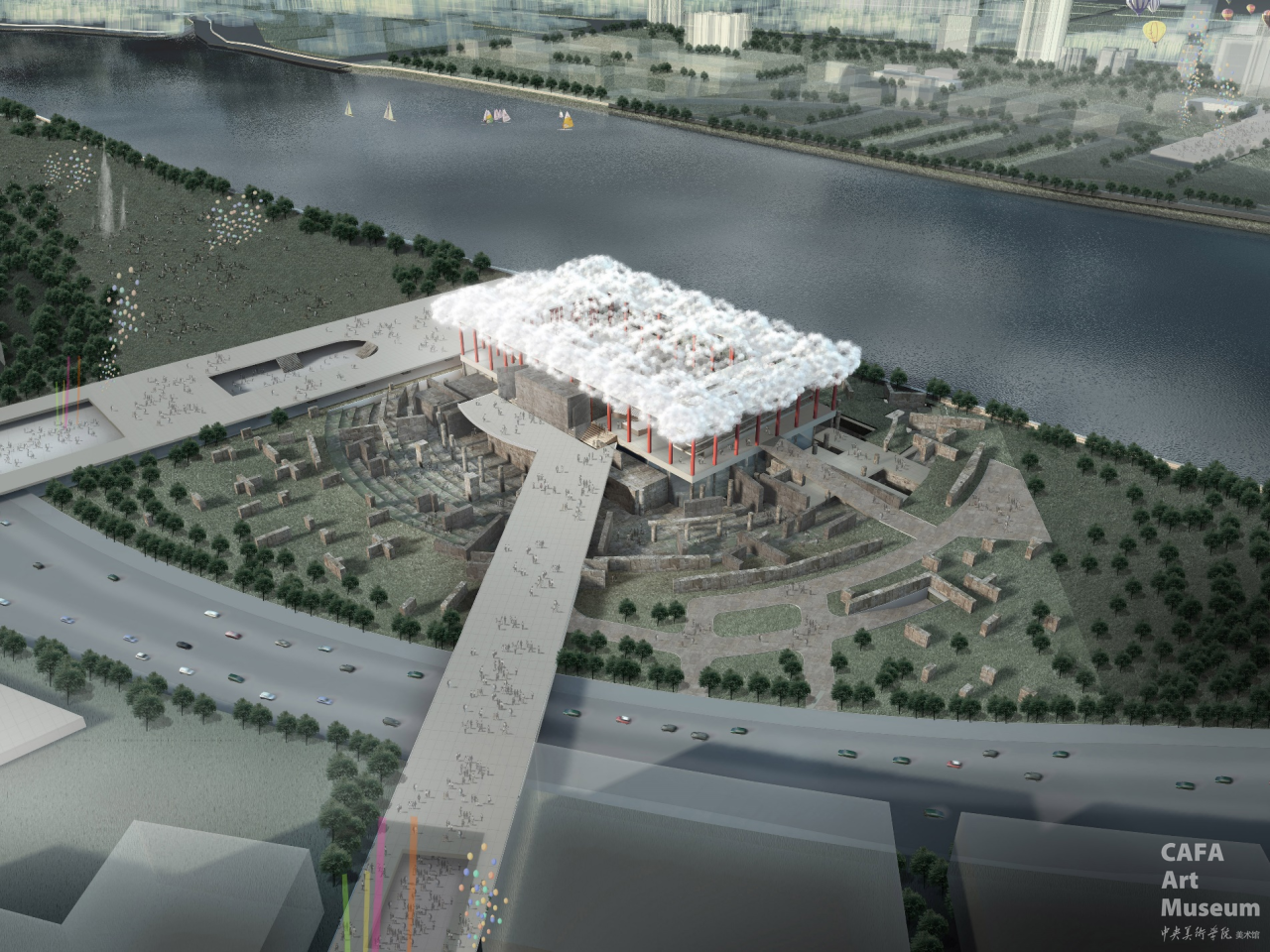
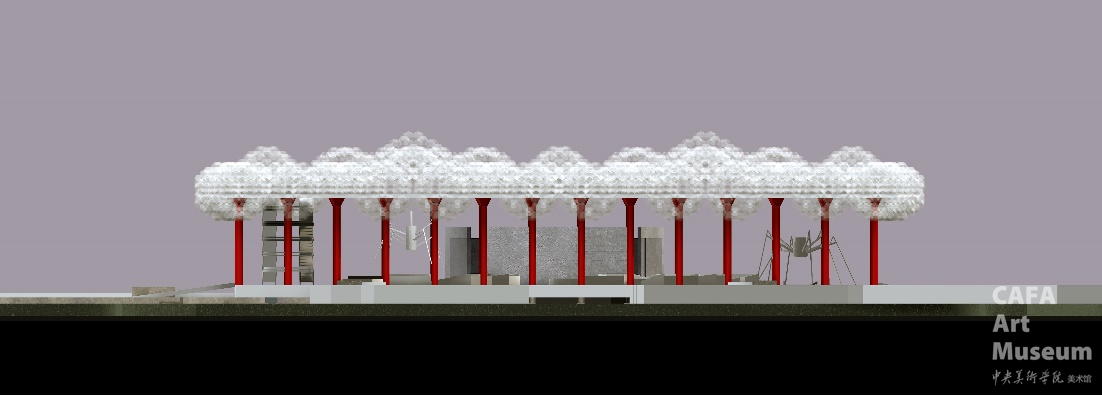
Aerial rendering and elevation of Shanghai Expo Performing Arts Center, 2006, provided by Arata Isozaki + Hu Qian Studio
Homecoming: At the opening ceremony of the exhibition "Arata Isozaki: China Through the Eyes of a World Citizen", Professor Cui Donghui from the School of Architecture, Central Academy of Fine Arts, co-curator of the exhibition, introduced the 机缘 (origins) and core content of the exhibition. Meanwhile, she recalled the little moments of Mr. Arata Isozaki's "returning home" from 21 years ago to the present. Afterwards, President Lin Mao of the Central Academy of Fine Arts delivered a speech, paying tribute to Mr. Arata Isozaki for leaving the marks of international vision and local care on this land, and encouraging young people to learn from his persistent exploration spirit of "how to make architecture take root in culture and connect with the future". Finally, Professor Zhu Tao, the curator, and Ms. Hu Qian jointly guided everyone through the exhibition works and communicated with them.
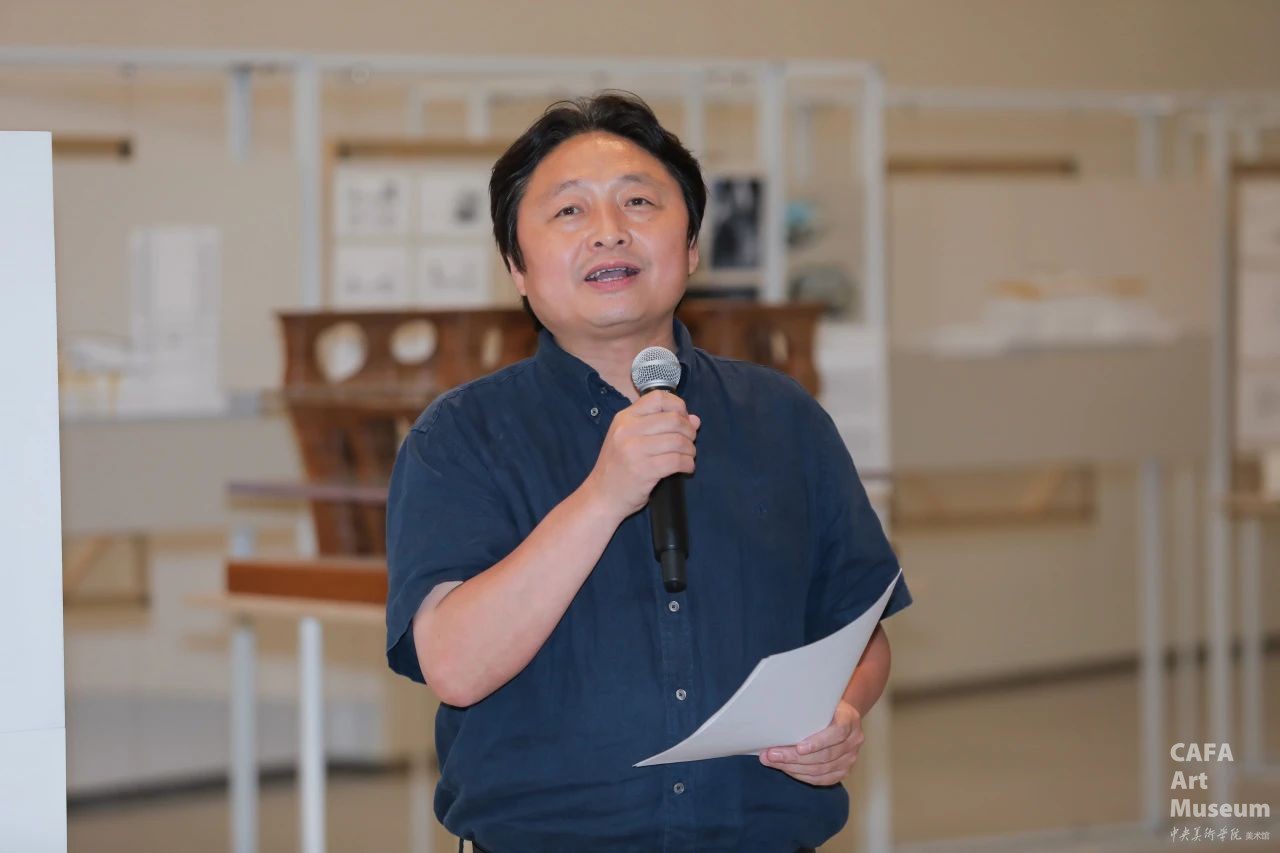
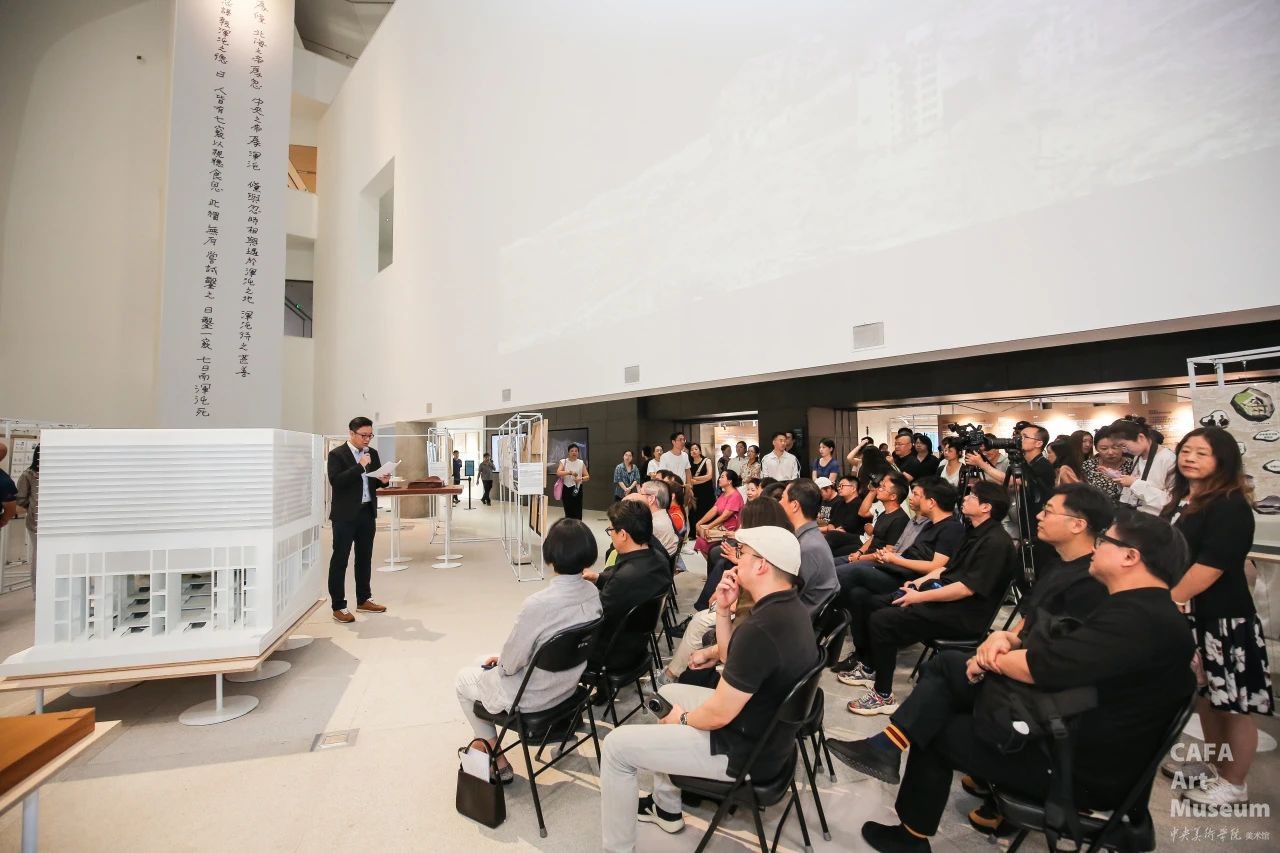

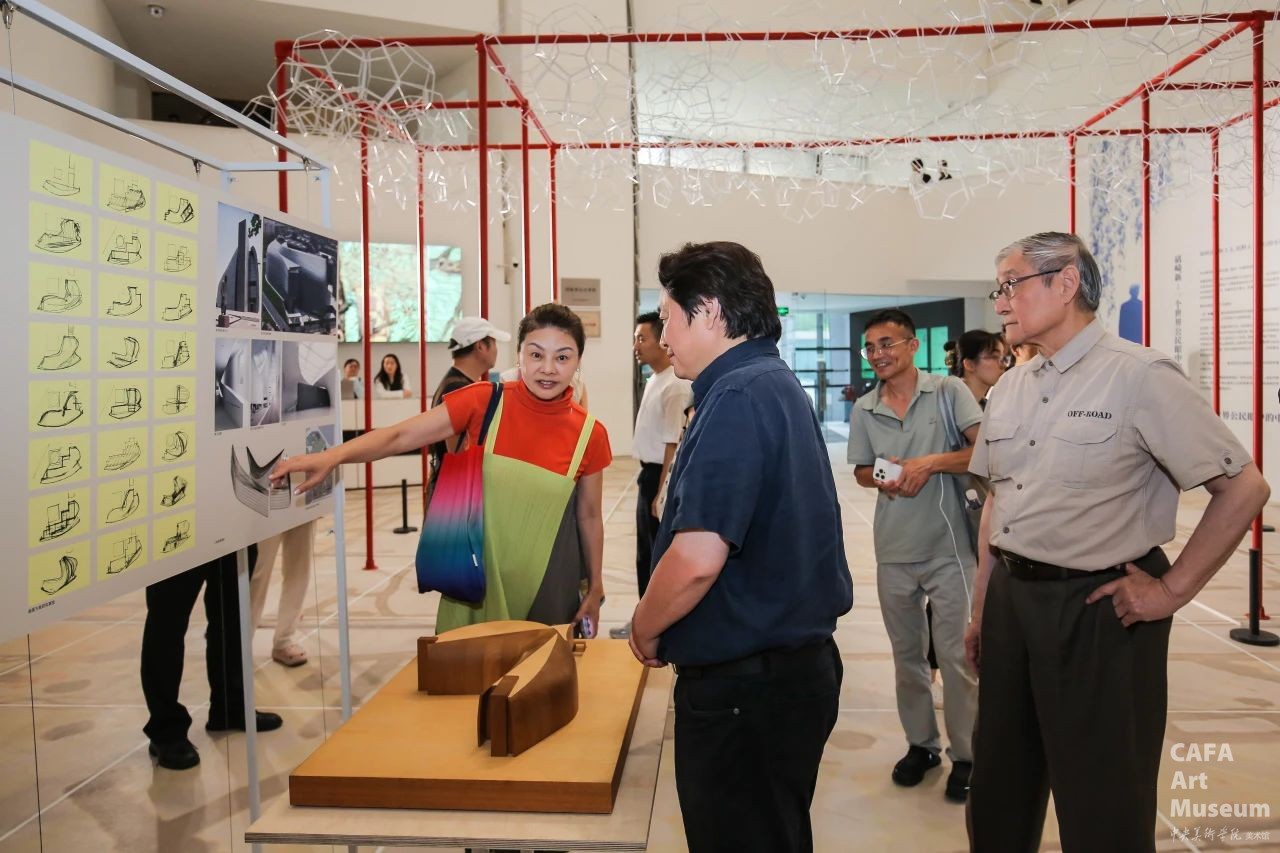
After the opening ceremony, the guests moved to the academic lecture hall of the art museum for the academic seminar session.
The roundtable forum themed "Arata Isozaki: China Through the Eyes of a World Citizen" was hosted by Associate Professor Shi Yang from the School of Architecture, Central Academy of Fine Arts. Centering on topics such as "Arata Isozaki and CAFA", "Architecture and Art", and "Arata Isozaki and the Present", Professor Zhu Tao from the University of Hong Kong, one of the curators, pointed out that Arata Isozaki examined Chinese architecture with the "perspective of a world citizen", integrated tradition and future, and responded to the cultural tensions in the process of rapid urbanization.
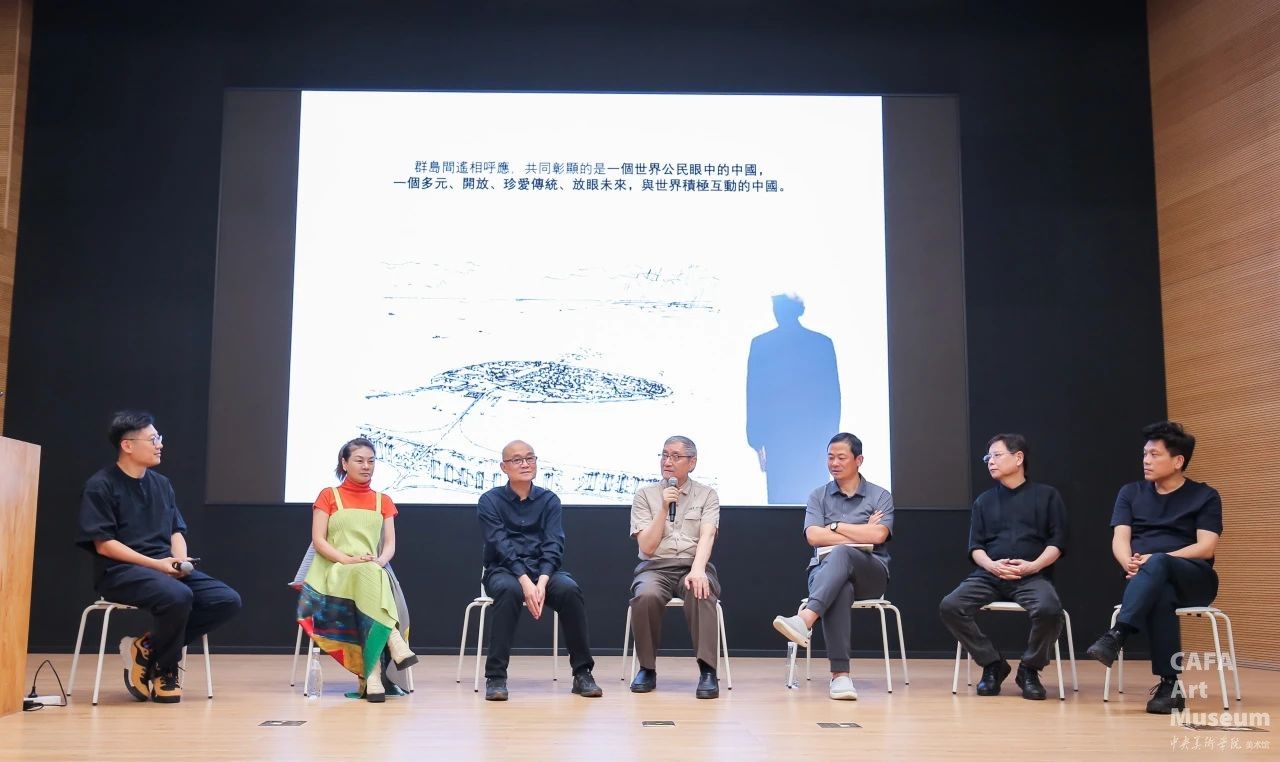
Mr. Pan Gongkai, former president of the Central Academy of Fine Arts, fondly recalled the construction process of the CAFA Art Museum. He emphasized that it was precisely based on the high trust in Arata Isozaki that this in-depth cooperation and achievement transcending systems and cultures was made possible. He once again underscored the educational philosophy of CAFA's architectural education, which is to "cultivate architects with artistic literacy", emphasizing that architecture should possess cultural awareness and aesthetic judgment, and adhere to a unique path different from the traditional engineering discipline.
Professor Xie Xiaofan, who was then in charge of the CAFA Art Museum project and former vice president of the China National Academy of Painting, shared his insights on "the responsibility supported by trust" and emphasized that respect for the original work should not be ignored. Professor Cheng Qiming from the Central Academy of Fine Arts, starting from the philosophical thinking of "studying things" to "studying space", interpreted the philosophical core behind Arata Isozaki's designs.
Professor Che Fei, Dean of the School of Art and Design at Beijing Institute of Fashion Technology, and Professor Hu Qian, co-founder of Arata Isozaki + Hu Qian Studio, respectively, starting from their communication experiences, emphasized Arata Isozaki's humanistic stance of "constructing vitality amid contradictions" and "integrating emotions into technology".
Exhibition site.
————————————————————————————
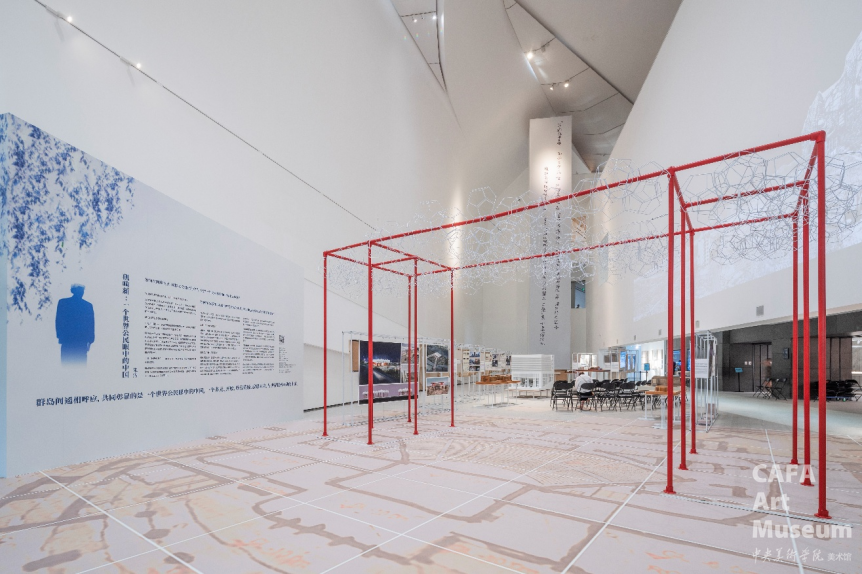
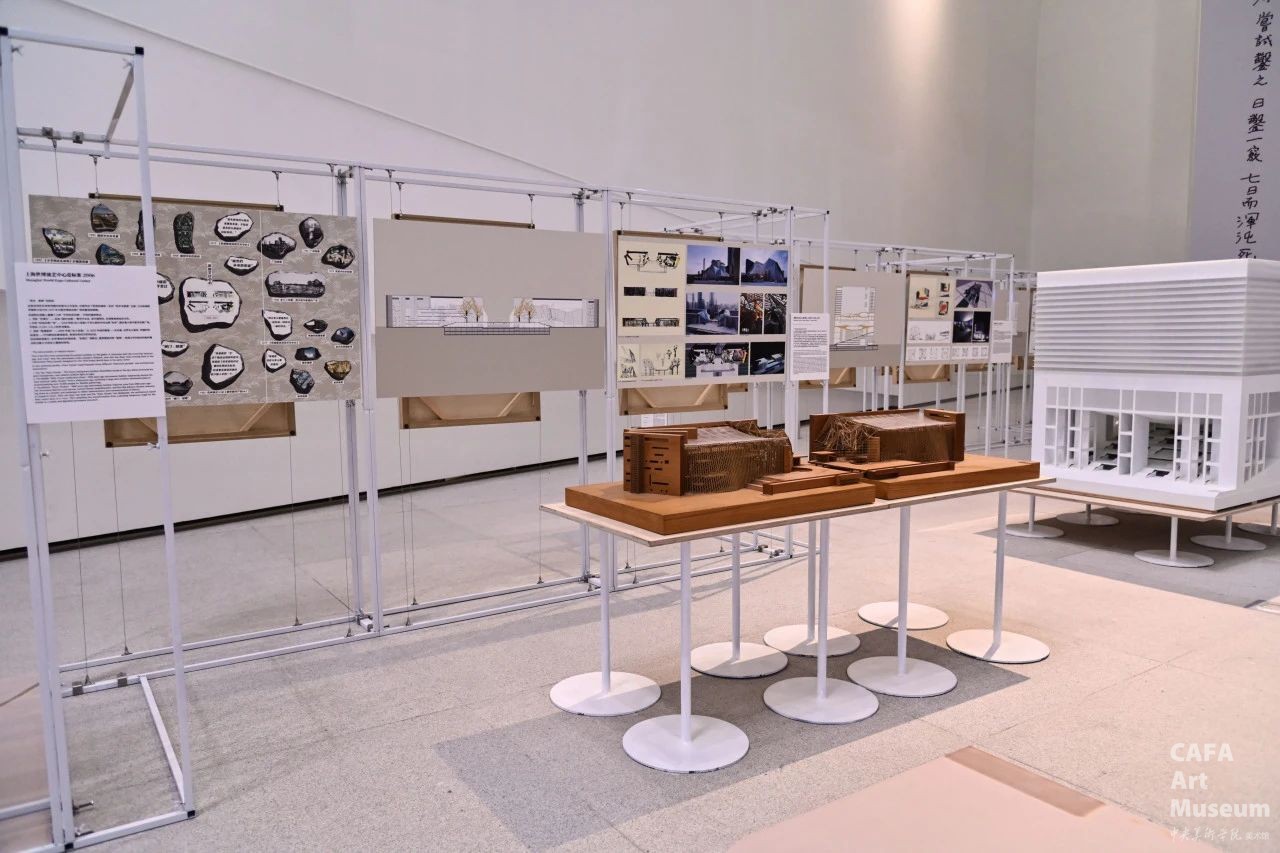
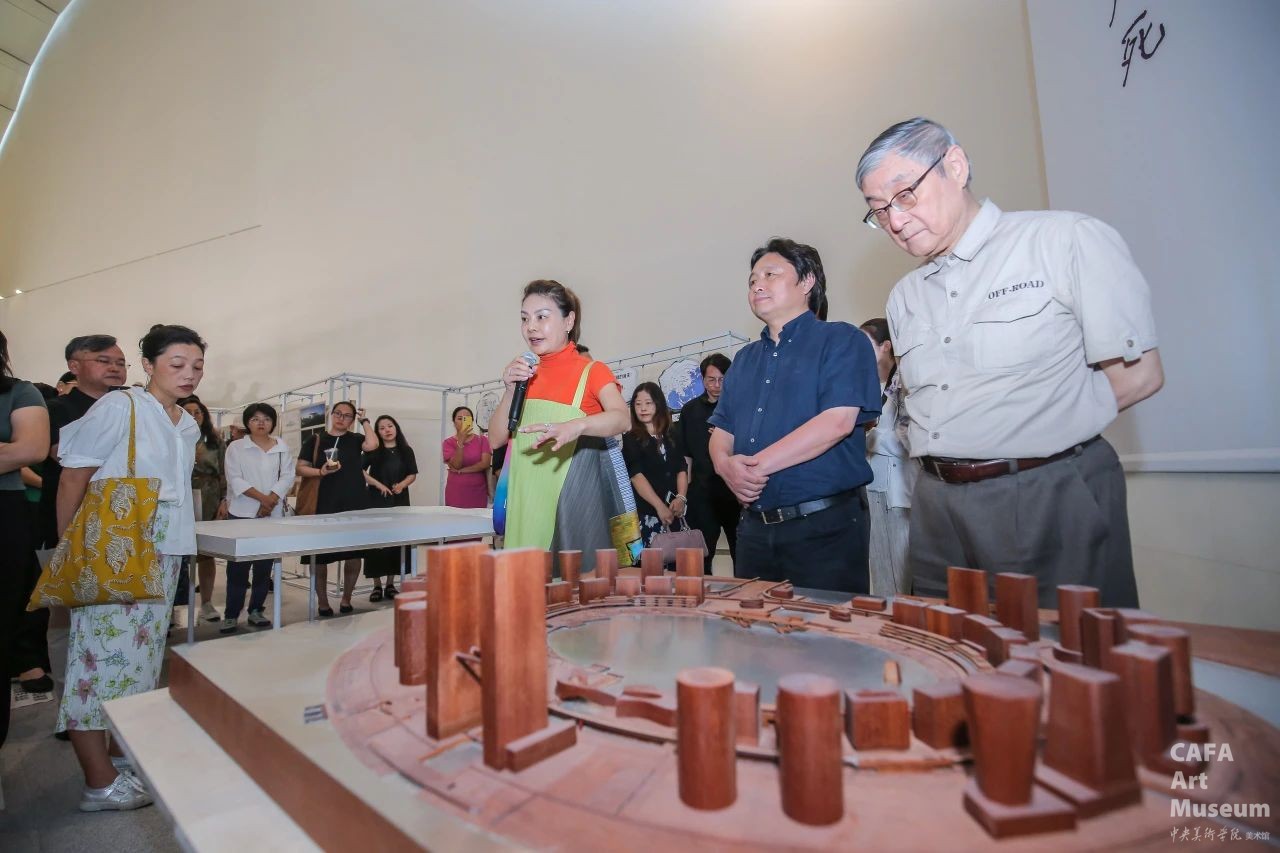
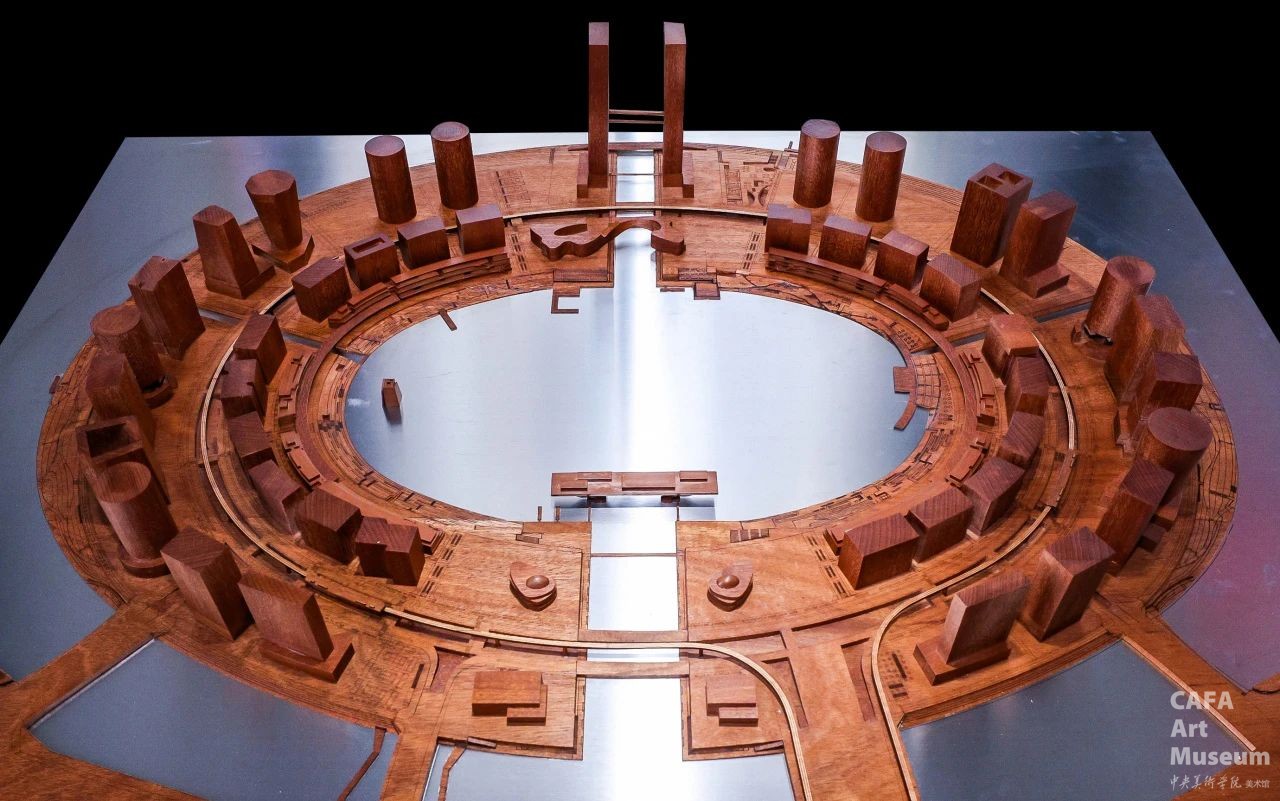
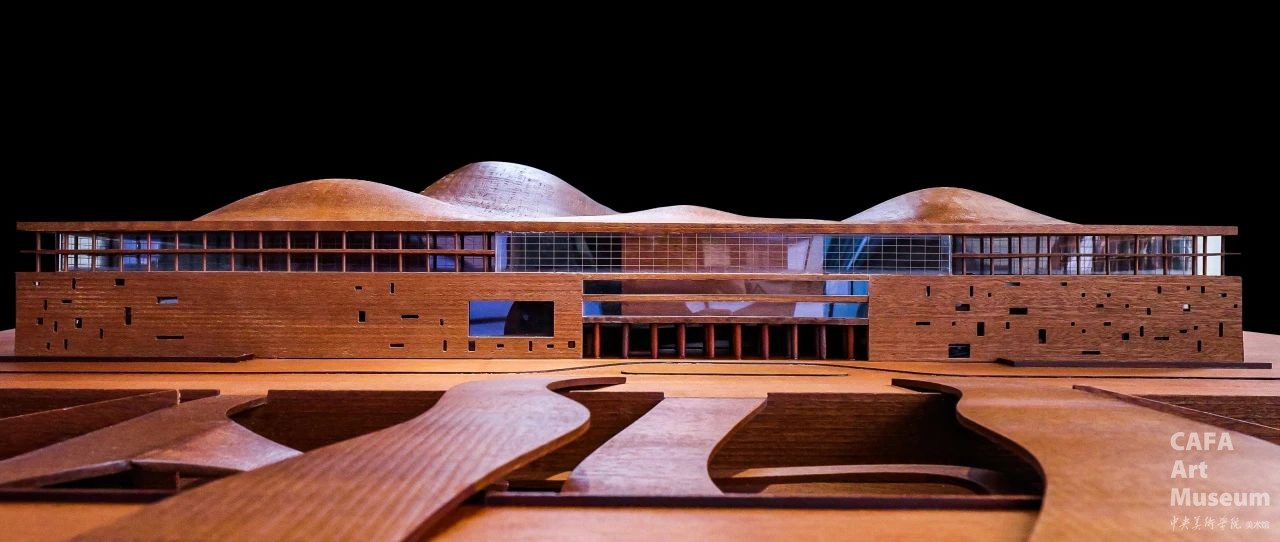
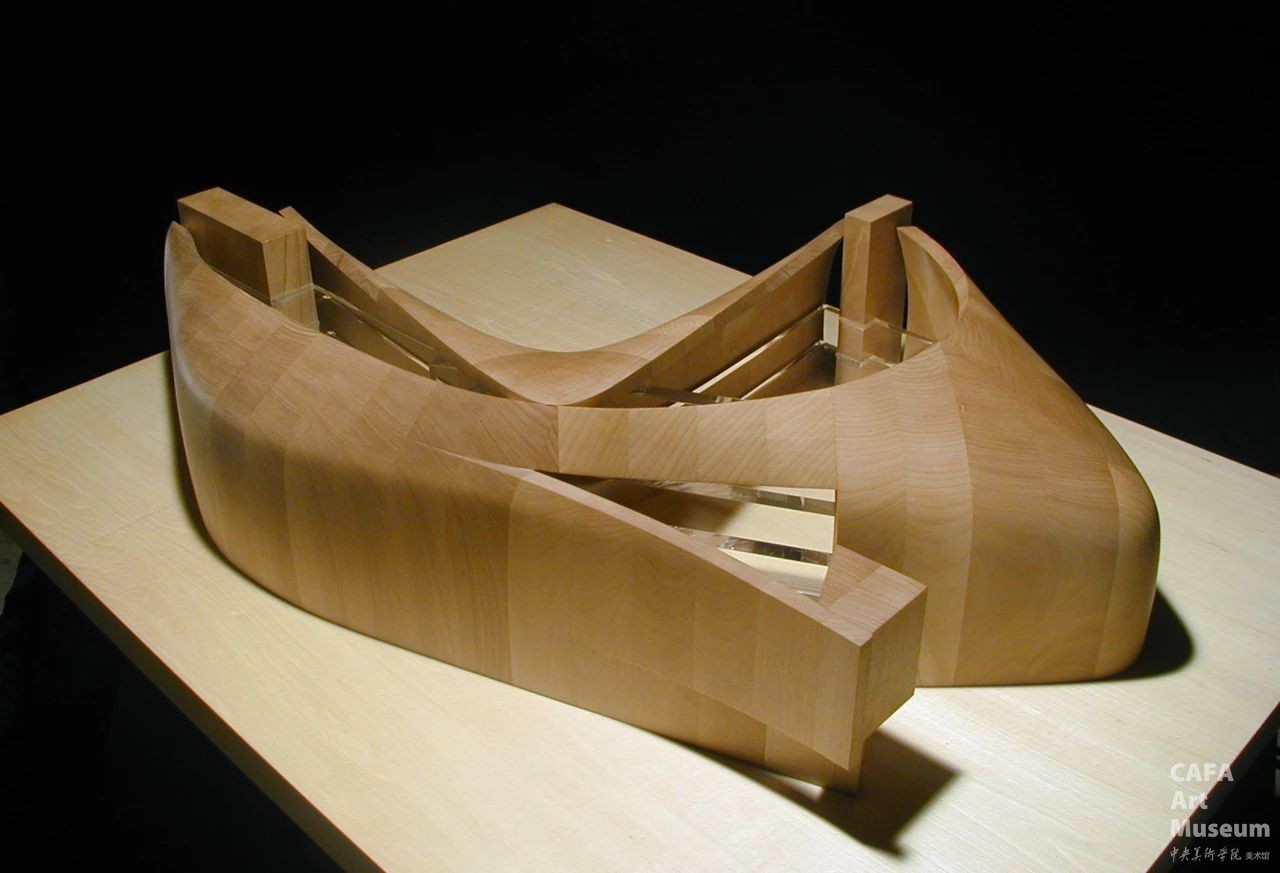
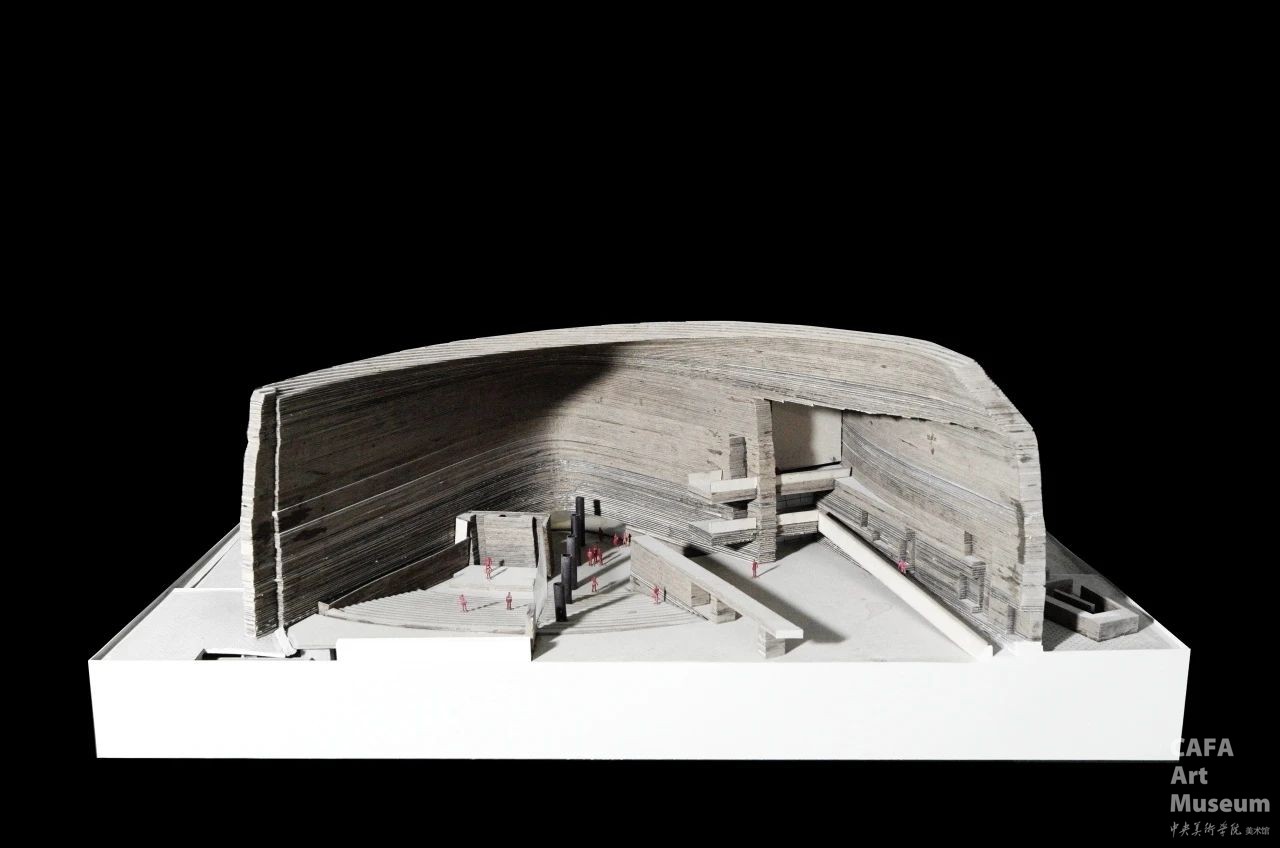
Exhibition information.
————————————————————————————
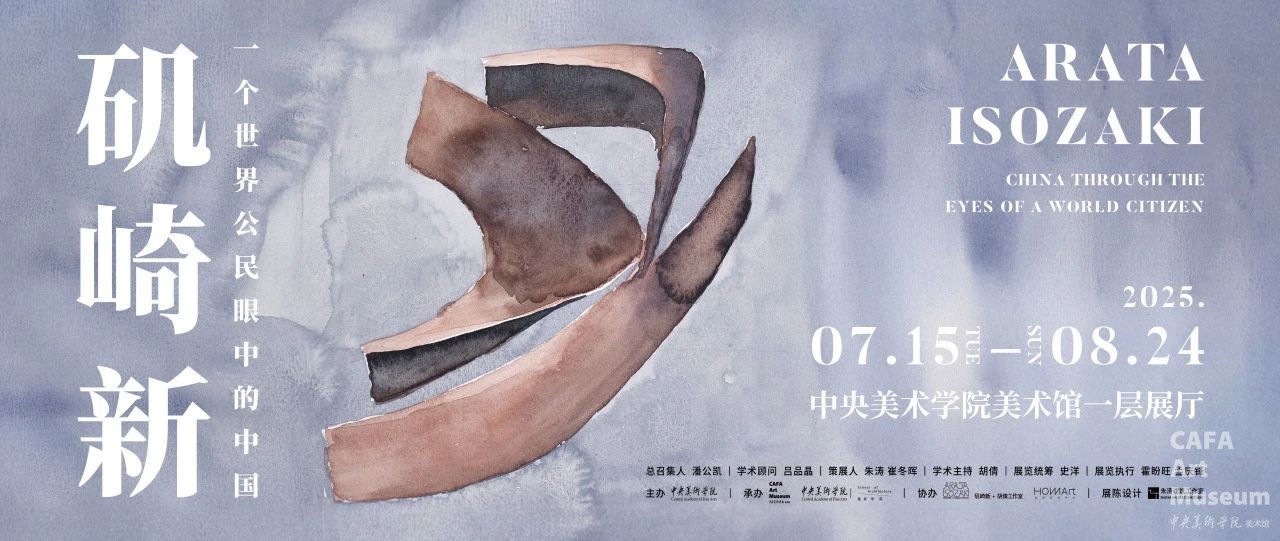
Chief Convener: Pan Gongkai
Academic Advisor: Lü Pinjing
Curators: Zhu Tao, Cui Donghui
Academic Host: Hu Qian
Exhibition Coordinator: Shi Yang
Exhibition Design: Zhu Tao Architecture Studio
Exhibition Execution: Huo Panwang, Meng Qingfeng
Host: Central Academy of Fine Arts
Organizer: CAFA Art Museum
Co-organizers: Arata Isozaki + Hu Qian Studio, Red Seal Art Center
Exhibition Period: July 15 - August 24, 2025
Venue: 1st Floor Hall, CAFA Art Museum
Chief Editor / He Yisha
Editor / Du Yinzhu
Editor / Zhu Jingyi
